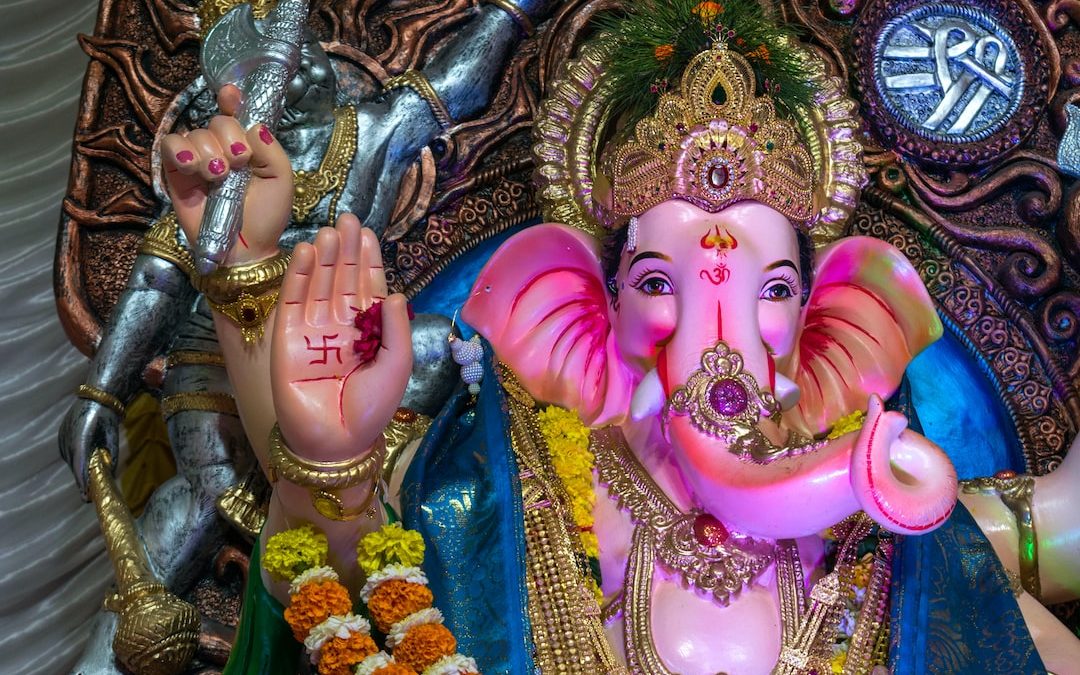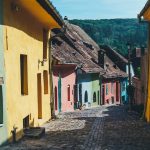Table of Contents
The History Behind the World Heritage Sites in Jaipur
Jaipur, the capital of Rajasthan, is a city steeped in history and culture. It is home to several World Heritage Sites, all of which are a testament to the ingenuity and grandeur of the Rajputs, who ruled the region for centuries.
From the majestic Amber Fort to the beautiful Hawa Mahal, these sites are an important part of India’s rich cultural heritage. In this blog post, we will explore the history behind the World Heritage Sites in Jaipur and discover their unique stories.
Amber Fort
The Amber Fort is one of the most iconic monuments in Rajasthan, and it is a World Heritage Site. This 16th-century fort was built by Raja Man Singh I of Amber, and it is an excellent example of Rajput military architecture. The fort is made of red sandstone and white marble, and it is surrounded by a massive wall.
The fort complex consists of several palaces and temples, including the Diwan-e-Khas, which was used by the royal family to receive important visitors. It also includes the famous Sheesh Mahal, which is made of mirrors and is one of the most beautiful rooms in the fort.
Today, the Amber Fort is one of the most popular tourist attractions in Jaipur, and it is a must-see for anyone visiting the city.
Jantar Mantar
The Jantar Mantar is an 18th-century astronomical observatory built by Maharaja Jai Singh II of Jaipur. The complex consists of several large structures, including the Samrat Yantra, which is the largest of its kind in the world. The observatory was used to measure time, predict eclipses, track stars, and calculate the celestial coordinates of planets.
The observatory is an excellent example of the scientific advancements of the Rajputs, and it is a testimony to their ingenuity. Today, the Jantar Mantar is one of the most popular tourist attractions in Jaipur, and it is a must-see for anyone interested in astronomy.
Hawa Mahal
The Hawa Mahal is an 18th-century palace built by Maharaja Sawai Pratap Singh of Jaipur. The palace is made of red and pink sandstone, and it is known for its unique architecture. The palace has hundreds of small windows, which were used by the royal ladies to observe the city without being seen.
The palace also has a large courtyard, which was used by the royal family for entertainment. Today, the Hawa Mahal is one of the most popular tourist attractions in Jaipur, and it is a must-see for anyone visiting the city.
City Palace
The City Palace is a 17th-century palace complex built by Maharaja Jai Singh II of Jaipur. The complex consists of several palaces, courtyards, and temples, and it is an excellent example of Rajput architecture. The palace complex is made of red and pink sandstone, and it is surrounded by a large wall.
The palace complex also includes the Mubarak Mahal, which was used by the royal family to receive important visitors. Today, the City Palace is one of the most popular tourist attractions in Jaipur, and it is a must-see for anyone visiting the city.
Albert Hall Museum
The Albert Hall Museum is an 18th-century museum built by Maharaja Sawai Ram Singh II of Jaipur. The museum is made of red and pink sandstone, and it is known for its unique architecture. The museum houses a collection of artifacts from around the world, including ancient sculptures, paintings, and coins.
The museum also houses a collection of rare manuscripts and books, which are a testament to the Rajputs’ love of literature. Today, the Albert Hall Museum is one of the most popular tourist attractions in Jaipur, and it is a must-see for anyone interested in history and culture.
Nahargarh Fort
The Nahargarh Fort is an 18th-century fort built by Maharaja Sawai Jai Singh II of Jaipur. The fort is made of red and pink sandstone, and it is surrounded by a large wall. The fort complex consists of several palaces, courtyards, and temples, and it is an excellent example of Rajput military architecture.
The fort complex also includes the Madhavendra Bhawan, which was used by the royal family to receive important visitors. Today, the Nahargarh Fort is one of the most popular tourist attractions in Jaipur, and it is a must-see for anyone interested in Rajput history.
Jaigarh Fort
The Jaigarh Fort is an 18th-century fort built by Maharaja Sawai Jai Singh II of Jaipur. The fort is made of red and pink sandstone, and it is surrounded by a large wall. The fort complex consists of several palaces, courtyards, and temples, and it is an excellent example of Rajput military architecture.
The fort complex also includes the world-famous Jaivana cannon, which is the largest cannon of its kind in the world. Today, the Jaigarh Fort is one of the most popular tourist attractions in Jaipur, and it is a must-see for anyone interested in Rajput history.
Gaitore
Gaitore is a 17th-century cemetery complex built by Maharaja Jai Singh II of Jaipur. The complex consists of several cenotaphs, or chhatris, which were used by the royal family to honor the memory of their ancestors. The cenotaphs are made of red and pink sandstone, and they are surrounded by lush gardens.
Today, Gaitore is one of the most popular tourist attractions in Jaipur, and it is a must-see for anyone interested in Rajput history and culture.
Jal Mahal
The Jal Mahal is a 17th-century palace built by Maharaja Jai Singh II of Jaipur. The palace is made of red and pink sandstone, and it is surrounded by a large lake. The palace complex includes several palaces, courtyards, and temples, and it is an excellent example of Rajput architecture.
The palace complex also includes the world-famous Jal Mahal Stepwell, which is the largest stepwell of its kind in the world. Today, the Jal Mahal is one of the most popular tourist attractions in Jaipur, and it is a must-see for anyone visiting the city.
Gandikota
Gandikota is a 16th-century fort built by Raja Madhav Rao of Jaipur. The fort is made of red and pink sandstone, and it is surrounded by a large wall. The fort complex consists of several palaces, courtyards, and temples, and it is an excellent example of Rajput military architecture.
The fort complex also includes the world-famous Gandikota Stepwell, which is the largest stepwell of its kind in the world. Today, Gandikota is one of the most popular tourist attractions in Jaipur, and it is a must-see for anyone interested in Rajput history.
Kanak Vrindavan
Kanak Vrindavan is a 17th-century temple complex built by Maharaja Jai Singh II of Jaipur. The complex consists of several temples, and it is an excellent example of Rajput architecture. The complex is made of red and pink sandstone, and it is surrounded by lush gardens.
The complex also includes the world-famous Kanak Vrindavan Stepwell, which is the largest stepwell of its kind in the world. Today, Kanak Vrindavan is one of the most popular tourist attractions in Jaipur, and it is a must-see for anyone interested in Rajput history and culture.
Summary
Jaipur is home to several World Heritage Sites, all of which are a testament to the ingenuity and grandeur of the Rajputs, who ruled the region for centuries. From the majestic Amber Fort to the beautiful Hawa Mahal, these sites are an important part of India’s rich cultural heritage. In this blog post, we explored the history behind the World Heritage Sites in Jaipur and discovered their unique stories.
The list of World Heritage Sites in Jaipur includes the Amber Fort, Jantar Mantar, Hawa Mahal, City Palace, Albert Hall Museum, Nahargarh Fort, Jaigarh Fort, Gaitore, Jal Mahal, Gandikota, and Kanak Vrindavan. All of these sites are a must-see for anyone visiting Jaipur, and they are a testament to the ingenuity and grandeur of the Rajputs.












